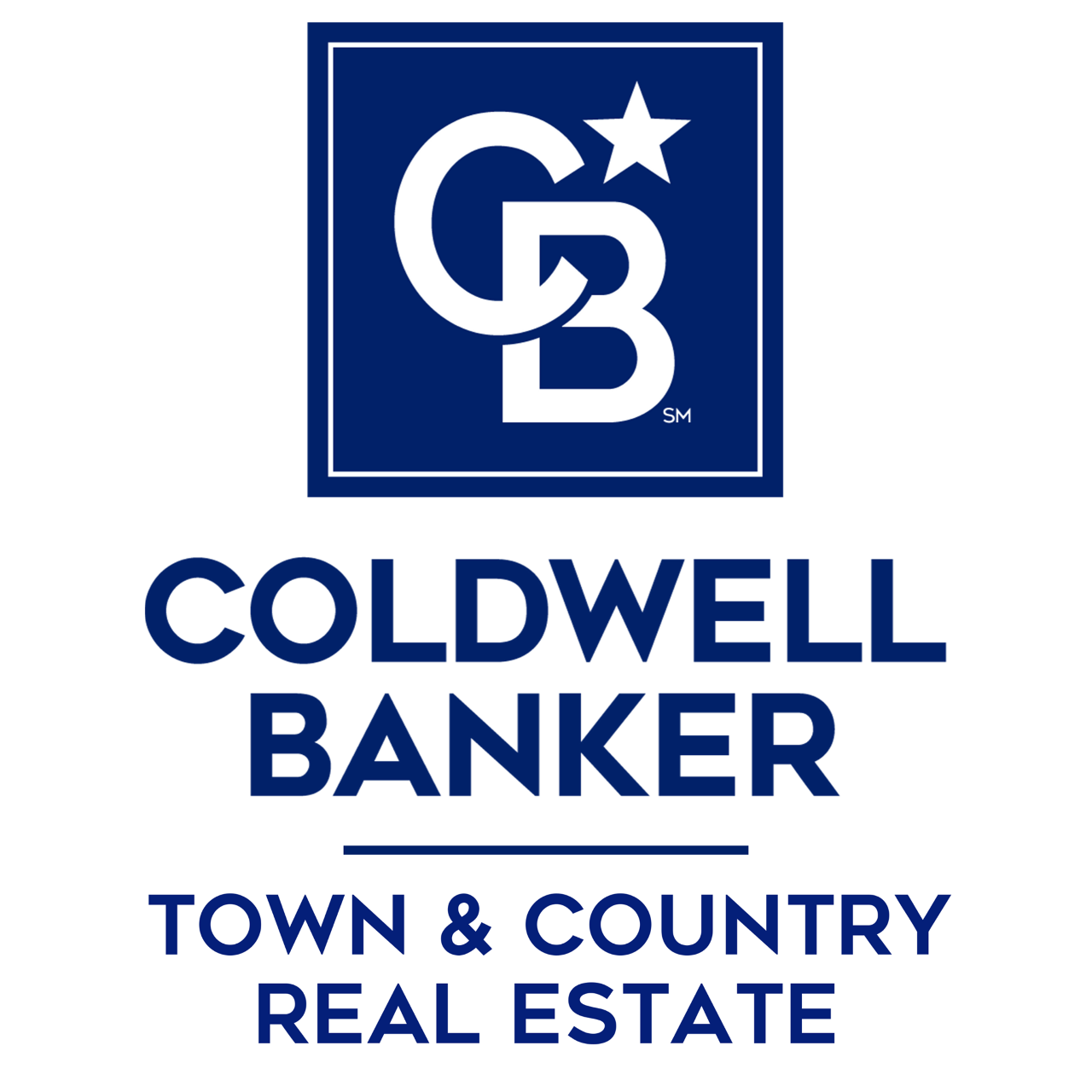Appraisals
Although we do not do appraisals at Coldwell Banker Town & Country R.E, we feel it necessary to give you this information so you know what to expect during the Buying and Selling process. If you do have any questions feel free to call us and we will advise you on all the different aspects of the Appraisal process.
At some point, it will be useful or necessary to deal with a professional appraisal of the property to determine the price range. Knowing something about appraisal techniques not only helps you in your own process, but it may also prepare you to find a creative solution to transaction problems that can arise from an unfavorable appraisal.
An Appraiser uses one of three approaches (often all three) each of which parallels your task to find the price range and an estimate of market value.
-
Market Data Approach
The property's value is determined by analyzing recent sales or rental prices of comparable properties. The basic steps in this approach are:
- Estimate the land value based on a judgment of the highest and best use of the site, using comparables.
- Find recent sales prices of comparable properties and adjust these prices for the time which has passed.
- Subtract the land value of each comparable from its adjusted sale price to get the improvement value.
- Adjust the improvement value for differences in location, age and condition to get the adjusted improvement value.
- Divide each comparable's adjusted improvement value by the number of square feet.
- Dependant on the quality of the data an comparability of the properties, select a cost per square foot for the subject property.
- Multiply the estimated price per square foot by the number of square feet in the subject property to get the estimated value of the improvements.
- Add the land value to the improvement value to get the estimated market value of the property.
The market data approach permits direct comparison of the subject property to actual transactions involving similar properties, and is probably the easiest method to understand. Its limitations are that no two properties are identical, and dissimilarities between the subject property and the comparables may be intangible and difficult to measure. Lack of data for specific types of properties may also limit this approach.
-
Income Approach
The property's value is the estimated net operating income it generates, discounted or capitalized in various ways such as dividing it by a capitalization rate determined from market conditions and investor goals.
The basic steps in this approach follow (The approach described is only one of several techniques):
- Estimate the possible effective gross revenue of the property under "typical management and operation."
- Estimate operating expenses incurred under typical management and subtract step 1 to derive new operating income before interest and amortization payments.
- Select a capitalization rate.
- Divide the capitalization rate into the net operating income to obtain the estimate market value by the income approach.
The income approach is most accurate when gross income can be accurately estimated from current data on the property or from analysis of a sufficient number of tenant-occupied, investor-owned comparables. It has limited application for non-income producing properties, such as vacant land and single family dwellings.
The most difficult step in the income approach is determining the appropriate capitalization rate. The rate must reflect the recapture of the original investment over the property's economic life, give an acceptable rate of return, and provide for the return of borrowed capital.
Discounted cash flow techniques are also used when net operating income is known.
-
Cost Approach
The property's value is the land value plus the current replacement cost of improvements, less accrued depreciation. The basic steps in this approach follow:
- Estimate the land value as vacant, based on a judgment of the highest and best use of the site from comparison with comparable sites. (highest and best use for appraisal purposes is "that reasonable use which, at the time of the appraisal, is most likely to produce the greatest net return to the land and/or building over a given period of time.")
- Find the present cost of replacing or reproducing any buildings on the site.
- Estimate the total value of accrued depreciation from physical deterioration, functional and external obsolescence.
- Subtract the total depreciation from the present replacement/reproduction cost to get the estimated present value of the buildings.
- Add the site value and the depreciated improvement cost to get the estimated value of the property.
The cost approach is most accurate when applied to a relatively new structure with no functional deficiencies, and which represents the highest and best use of the site. One drawback of this approach is that it is difficult to estimate depreciation precisely from market data, so that the estimate of value may depend on the experience and judgment of the appraiser. This approach is most helpful in appraising special purpose buildings which do not produce income and for which there are few comparable sales.
Contact Us
- If you have any questions please feel free to email our brokerage
 300 Union Avenue, Altoona, PA 16602
300 Union Avenue, Altoona, PA 16602 814.946.4343
814.946.4343

©2020 Coldwell Banker Town & Country Real Estate. All Rights Reserved. Coldwell Banker and the Coldwell Banker Logo are service marks owned by Coldwell Banker Real Estate LLC. Coldwell Banker Town & Country Real Estate fully supports the principles of the Fair Housing Act and the Equal Opportunity Act. Each franchise is independently owned and operated. Any services or products provided by independently owned franchisees are not provided by, affiliated with or related to Coldwell Banker Real Estate LLC nor any of its affiliated companies.




